
Get Instant Solution By an Expert Advisor
(4.8)


EPR refers to extended producer responsibility, defined under the waste management rules and executed by the CPCB. They also impose some requirements on the manufacturers to meet the obligations of the EPR registration process. When producers successfully implement recycling and waste management, they will get credits for complying with CPCB regulations and devotion to responsible environmental practices.
The CPCB EPR credit model is designed to conduct waste management regulations and prepare plans for recycling and reliving the products they don't require. EPR includes businesses that keep the planet clean and minimize waste. If the producers already fulfill the requirements, they can trade EPR certifications with other manufacturers.
If you manufacture or import plastic packaging, then EPR rules are implied. However, violation of these rules leads to penalties. So, let's understand the EPR system and how it functions.
The EPR credit model allows manufacturers to share their responsibility through EPR certifications. When the liability is fulfilled, an individual starts earning EPR credits for plastic waste for recycling. The credits are stored on their EPR platform separately, and each type of waste is mentioned. From these collected EPR credits, they can utilize it to set off next year's liability or sell it to other manufacturers.
The buyers of these EPR credits from recyclers must fulfill their commitment for the last financial year.
To avail of the EPR certificate, manufacturers and brand owners are required to apply to CPCB. Once the EPR authorization application is submitted, the CPCB will review the documents within 25 days and thoroughly check the details. After carefully examining the records and ensuring their alignment with the EPP plan, the Pollution Control Board allows the EPR registration and EPR targets for multiple businesses, including waste rules like plastic, battery, tyre and E-waste.
The EPR credit structure provides various benefits, like:
Recyclers of battery waste provide EPR credits as financial compensation for producers responsible for the product lifecycle. This means manufacturers are responsible for producing, disposing, distributing, and recycling their products. The government bodies encourage producers to build products that are easier to recycle and create less waste by implementing EPR policies.
For example, CPCB will give EPR credits for battery waste and certification through a centralized online platform depending on the quantities of recycled or refurbished materials. However, the refurbishers can trade these certifications in exchange for used batteries with other producers.
The EPR structure impacts small, medium and large producers in different ways:
The small producers are paying EPR to local bodies that, in exchange, recycle the waste produced by the manufacturers.
Medium producers hire the PRO to manage waste and negotiate their finances.
Large manufacturers try to leverage credit by sending plastic and waste to recyclers. Also, it helps organizations obey the legislation without managing their waste.
Manufacturers will mix social, economic, and environmental elements with EPR credits. The businesses comply with the regulations given by credits instead of bearing the burden of wastage.
The solution of assigning responsibility to the producer has evolved into the concept of Extended Producer Responsibility for managing plastic packaging. In India, the problem of plastic waste is rather acute, and EPR Registration for Plastic Packaging remains one of the solutions to this problem. Business entities involved in manufacturing, importing, and being brand owners of plastic products, regardless of size, are now legally bound.
This process is controlled by certain authorities like the CPCB (Central Pollution Control Board), which makes sure that the waste collected is managed and properly disposed of. EPR rules divide plastic packaging into several sorts, and compliance with such regulations is essential for proper waste management. All these measures help effectively implement waste management and safeguard against violating Plastic Waste Management Rules to give everyone a healthier environment.
Read more: What is EPR Certificate?
Read more: What is EPR in Plastic Waste?
Read more: Who Can Obtain EPR Registration?
Read more: How to Get EPR Certificate for Import?
Read more: What is extended producer responsibility?
Read more: Benefits of EPR services for recycling e-waste?
Read more: Ways to Utilize EPR Registration for Waste Management
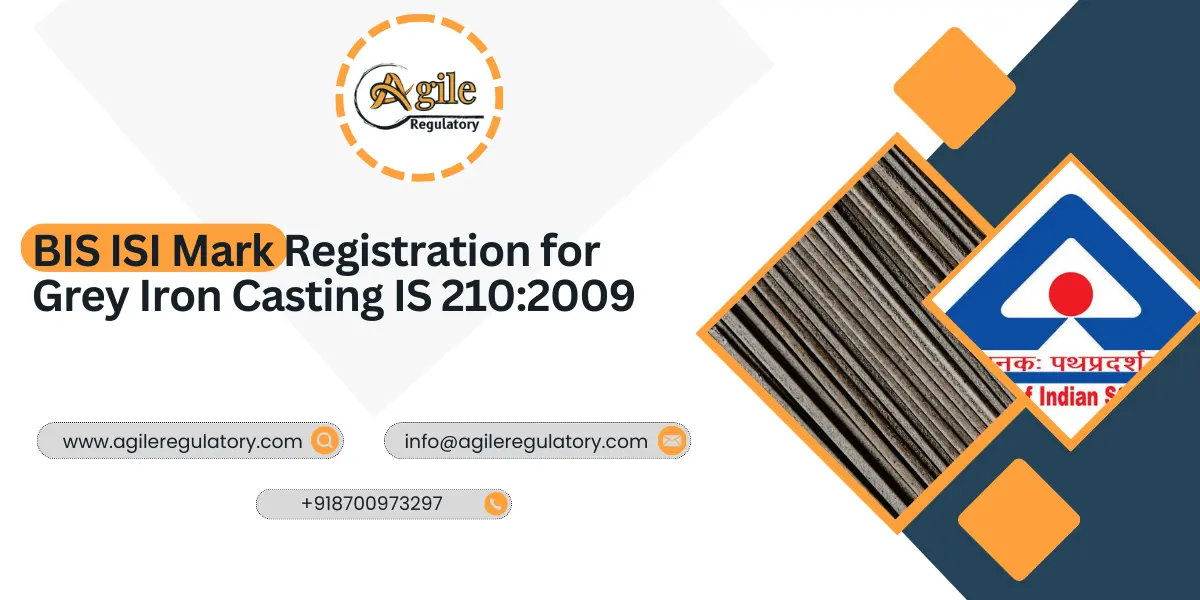
 Nishi Chawla
Nishi Chawla
22 Nov, 2025
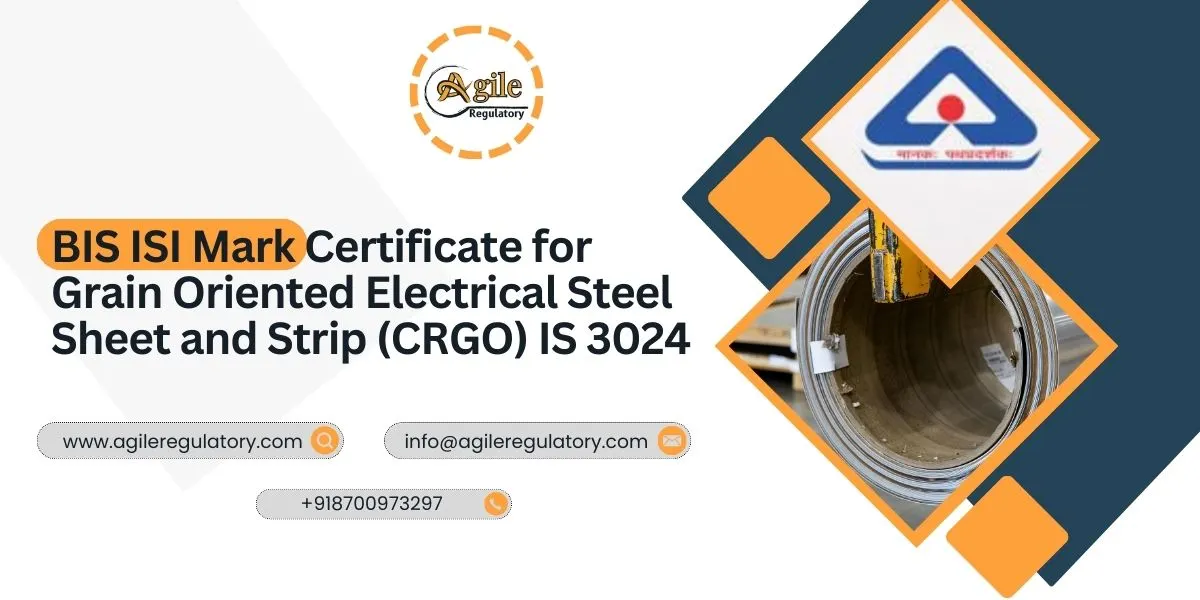
 Nishi Chawla
Nishi Chawla
22 Nov, 2025
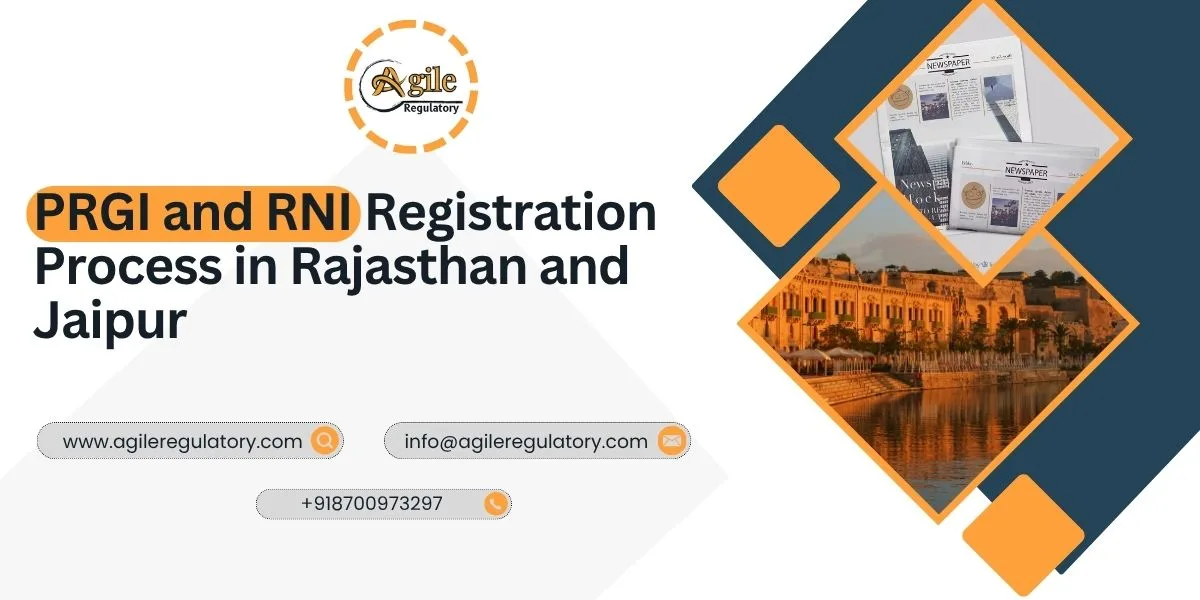
 Nishi Chawla
Nishi Chawla
20 Nov, 2025

 Nishi Chawla
Nishi Chawla
20 Nov, 2025
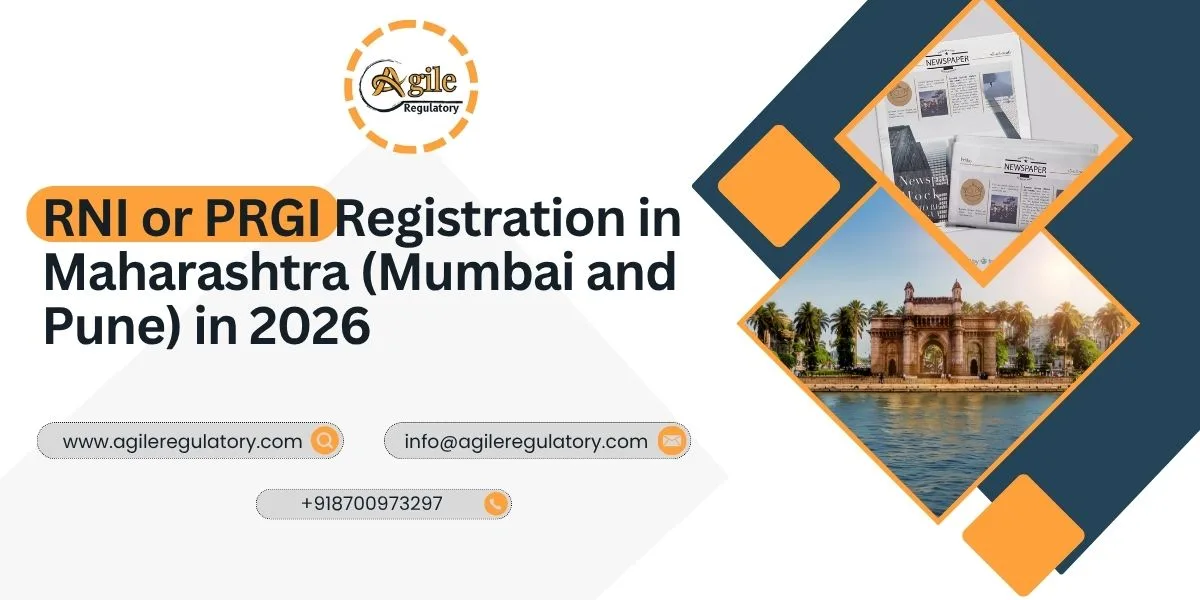
 Nishi Chawla
Nishi Chawla
19 Nov, 2025

Get Instant Solution By an Expert Advisor
(4.8)
We simplify compliance through a proven 4-step process: Consultation, Documentation, Submission, and certification. From understanding requirements to getting final approvals, we deliver a smooth, timely, and fully compliant journey for your business.
What our customer says about us
Fantastic support from the team. Their expertise transformed our approach, driving remarkable outcomes. A must-have partner for businesses seeking effective consulting solutions. Highly recommended.
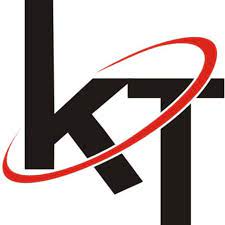
KTPL Instruments
Agile Regualtory delivers exceptional solutions. Their insightful guidance streamlined our processes and boosted profitability. Highly recommended for businesses seeking expert consulting services to thrive.

Justrack IOT
Impressed by Agile Regulatory's expertise. Their strategic insights and practical solutions have elevated our business operations. A reliable partner for effective consulting services. Highly recommended for growth-focused businesses.
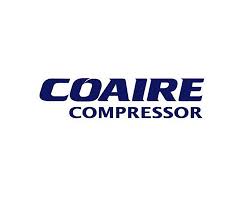
Coaire Compressor
Extraordinary consulting services. Their insightful solutions and dedicated team reshaped our business, driving remarkable improvements. Highly recommend it for transformative results.

Easy Polymer
Incredible experience with Agile Regulatory. Their innovative strategies and expert advice revitalized our business model, resulting in impressive growth. Highly recommend their exceptional consulting services.

Tarus International
Top-tier consulting! offered strategic solutions that revolutionized our approach. Their deep expertise and personalized guidance made a significant impact on our success. Highly recommend their services.

Anchor Weighing
Agile Regulatory exceeded expectations! Their tailored solutions, expertise, and proactive approach led to remarkable results. Highly recommend for businesses seeking impactful and strategic guidance.

AM Capacitor
Outstanding service! delivered targeted solutions with professionalism and expertise. Their insights elevated our business strategies, resulting in noticeable growth. Highly recommended for exceptional consultation.

Imaxx Pro Aquistic
Leave a Reply
Your email address will not be published. Required fields are marked *